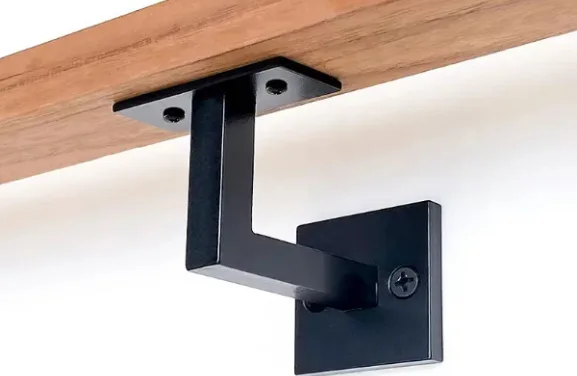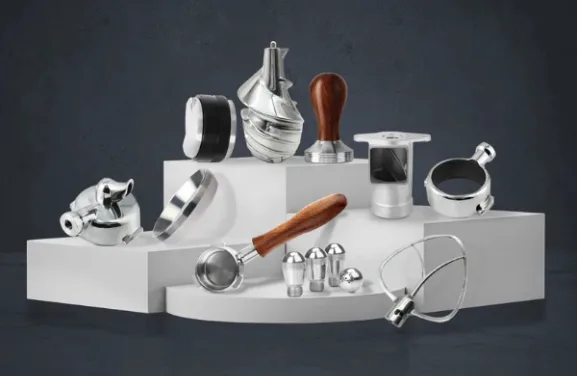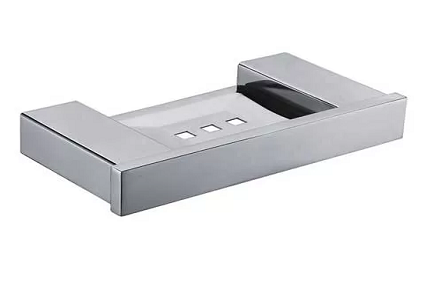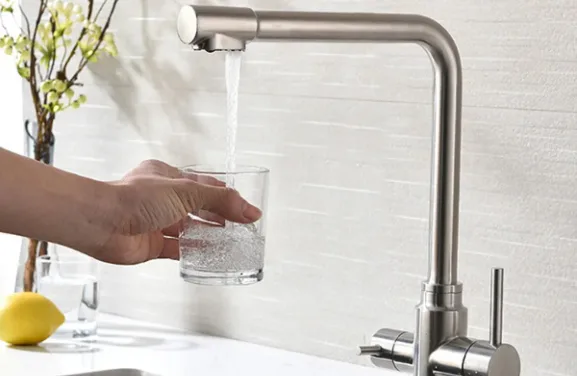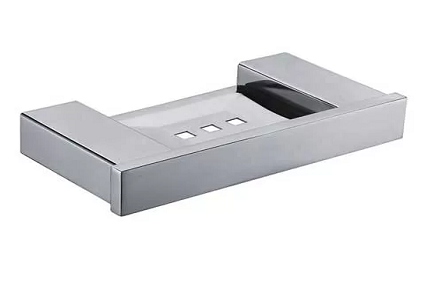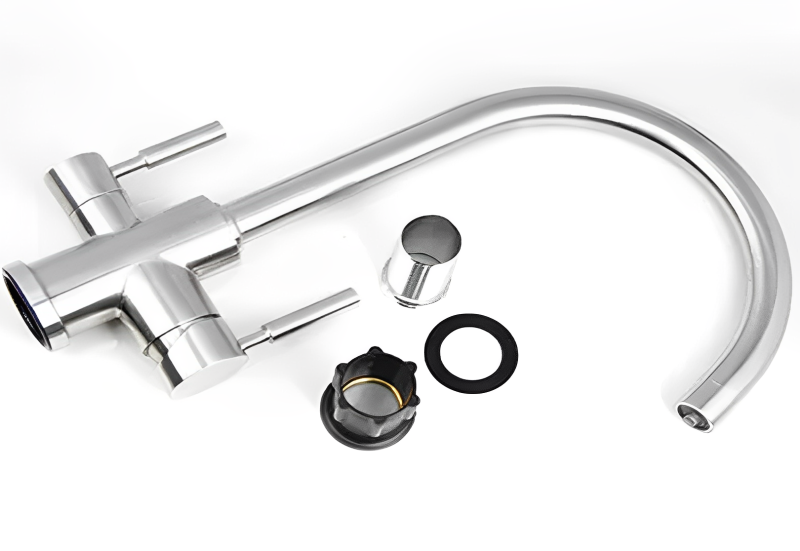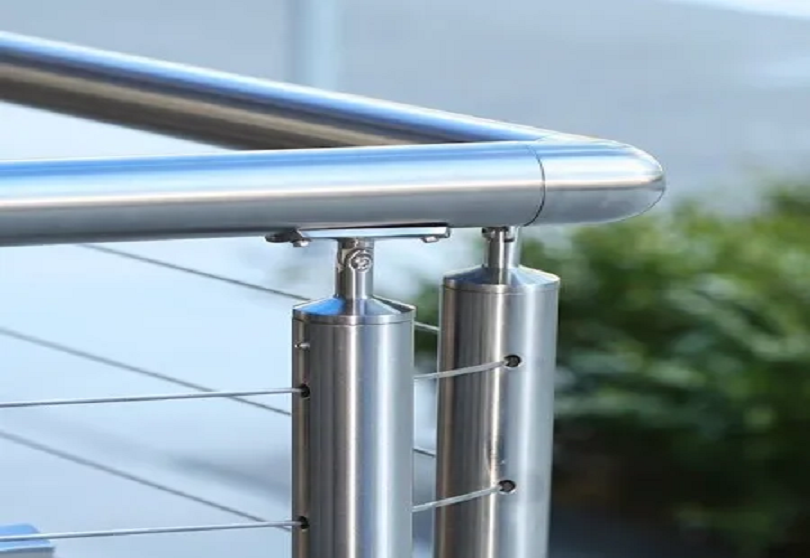In the world of architectural design and construction, some elements capture immediate attention with their visual appeal, while others work diligently behind the scenes to ensure safety and stability. The stainless steel handrail bracket falls into the latter category - a seemingly simple component that actually serves as the critical link between a handrail system and its supporting structure. This essential hardware piece demonstrates how functional necessity and aesthetic consideration can merge seamlessly in modern building design.
The Fundamental Role of Handrail Brackets
A handrail bracket is more than just a connecting piece - it's the fundamental component that transfers weight and pressure from the handrail to the wall or post. While the handrail itself receives the physical interaction from users, the brackets bear the constant mechanical stress that comes with daily use. In high-traffic areas like public staircases, commercial buildings, and healthcare facilities, these brackets must withstand not just normal use but potential emergency situations where people might lean heavily or fall against the railing.
The choice of stainless steel for these critical components represents a conscious decision to prioritize both performance and longevity. Unlike alternative materials that might corrode, weaken, or deteriorate over time, stainless steel brackets maintain their structural integrity while offering designers flexibility in aesthetic expression.
Why Stainless Steel Makes the Difference
The superiority of stainless steel for handrail brackets becomes evident when examining its material properties:
Exceptional Strength-to-Weight Ratio: Stainless steel provides remarkable structural strength without excessive bulk, allowing for elegant, minimalist bracket designs that don't compromise on safety. This strength ensures that brackets can support the required loads while maintaining a slender profile that complements contemporary architectural styles.
Corrosion Resistance That Matters: Particularly in environments exposed to moisture, chemicals, or salt air, stainless steel's chromium content creates a protective oxide layer that prevents rust and corrosion. This makes grade 304 and 316 stainless steel ideal for everything from outdoor applications to facilities with strict hygiene requirements like swimming pools, hospitals, and food processing plants.
Low Maintenance, Long Life: The non-porous surface of stainless steel resists staining and bacterial growth while being exceptionally easy to clean and maintain. This translates to reduced long-term costs and consistent performance over decades of use.
Design Versatility: Stainless steel brackets can be fabricated in numerous styles - from sleek, hidden designs that create a floating effect to more decorative statements that become visual features in their own right. The material takes well to various finishes including polished, brushed, satin, or even colored coatings.
Types and Applications in Modern Construction
The evolution of architectural styles has driven innovation in bracket design:
Standard Wall Brackets: The workhorses of the industry, these come in various profiles including straight, angled, and offset designs to accommodate different installation scenarios.
Glass Clamp Brackets: Specifically engineered for frameless glass balustrades, these combine sturdy support with minimal visual obstruction, perfect for creating transparent barriers that maximize light flow.
Custom Fabricated Solutions: For unique architectural projects, stainless steel's malleability allows for custom-designed brackets that meet specific aesthetic and functional requirements.
The Intersection of Engineering and Aesthetics
What makes the stainless steel handrail bracket particularly remarkable is how it bridges the gap between structural engineering and design sensibility. Engineers appreciate its predictable performance characteristics and load-bearing capabilities, while architects and designers value its clean lines and ability to complement both traditional and contemporary spaces.
The best bracket designs are those that disappear from conscious notice - they become an integral part of the architectural composition rather than an obvious add-on. This seamless integration is the hallmark of thoughtful design and precise manufacturing.
Conclusion: The Unsung Hero of Safe Movement
The stainless steel handrail bracket exemplifies how the most crucial components in architecture are often the least celebrated. While visitors may never consciously notice these essential elements, they experience the confidence and security they provide with every use. In buildings where safety, durability, and beauty must coexist, the stainless steel handrail bracket works quietly but effectively to ensure that all three requirements are met without compromise.
As architecture continues to evolve toward more transparent, lightweight, and sustainable solutions, the stainless steel handrail bracket will undoubtedly continue to play its vital role - connecting people safely to their built environment while supporting the aesthetic vision of designers and architects. It remains a testament to the importance of getting the details right, because in architecture, as in engineering, the strength of any system ultimately depends on its connections.













